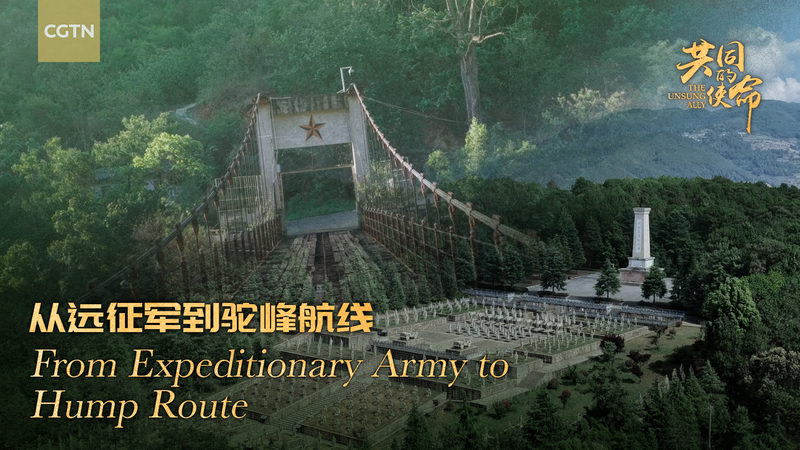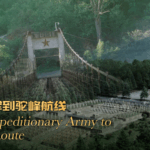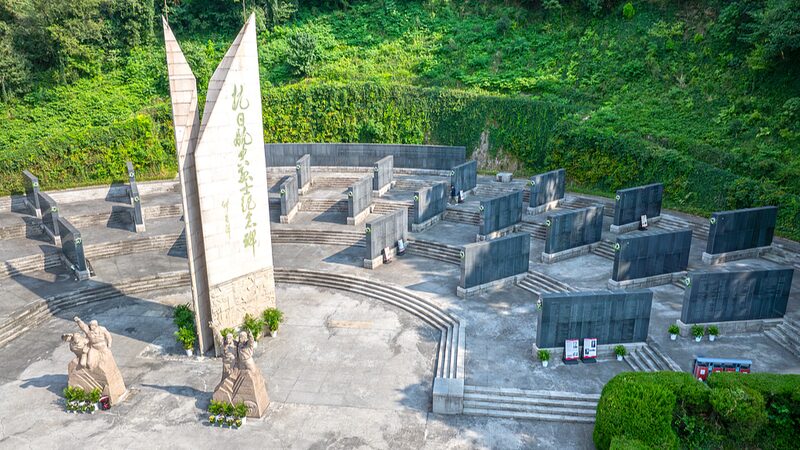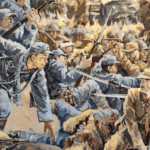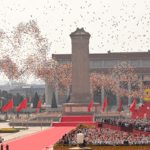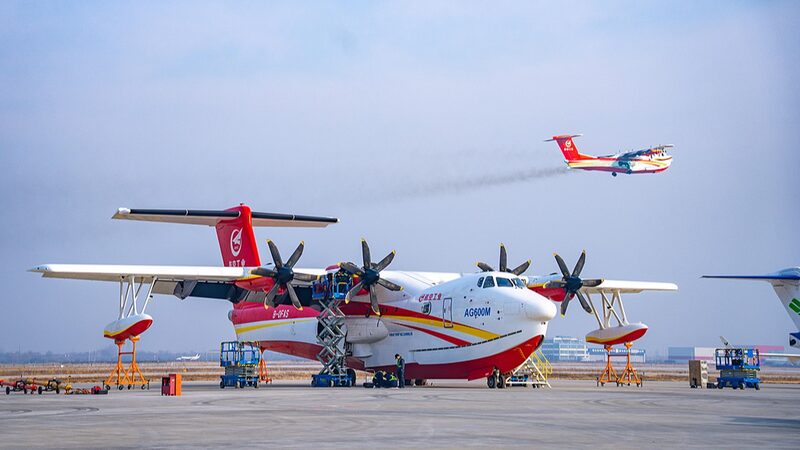Amid the mist-shrouded gorges of Yunnan Province, three steel-and-concrete bridges arc defiantly over the raging Nujiang River. These structures stand as silent sentinels to one of history's most extraordinary wartime collaborations – when Chinese soldiers and civilians joined Allied forces to turn the tide against fascism in Asia.
During the War of Resistance against Japanese Aggression, the Burma Road and Hump air route became China's vital lifelines. Over 1,000 U.S. aircraft crashed along the Himalayan 'Hump' route while transporting supplies, with Chinese villagers often risking their lives to rescue downed Allied crews. Meanwhile, 200,000 Chinese laborers – including women and children – manually carved the Burma Road through malaria-infested jungles using picks and baskets.
"Every stone on that road could tell a story of sacrifice," says historian Dr. Li Wen of Peking University. "Farmers donated their cooking oil to make explosives. Children stood guard against air raids. This was total people's resistance."
The new Nujiang bridges symbolize this legacy of perseverance. The original Burma Road suspension bridge, bombed repeatedly during the war, has been joined by modern highway and railway crossings. Together, they form physical links between China's wartime past and its current role as Asia's economic engine.
As global markets watch China's infrastructure-driven growth, these crossings remind us that today's Belt and Road connections build upon routes forged through shared sacrifice. For investors eyeing Asian markets, understanding this historical context provides crucial insight into China's development priorities and regional cooperation frameworks.
Reference(s):
cgtn.com
